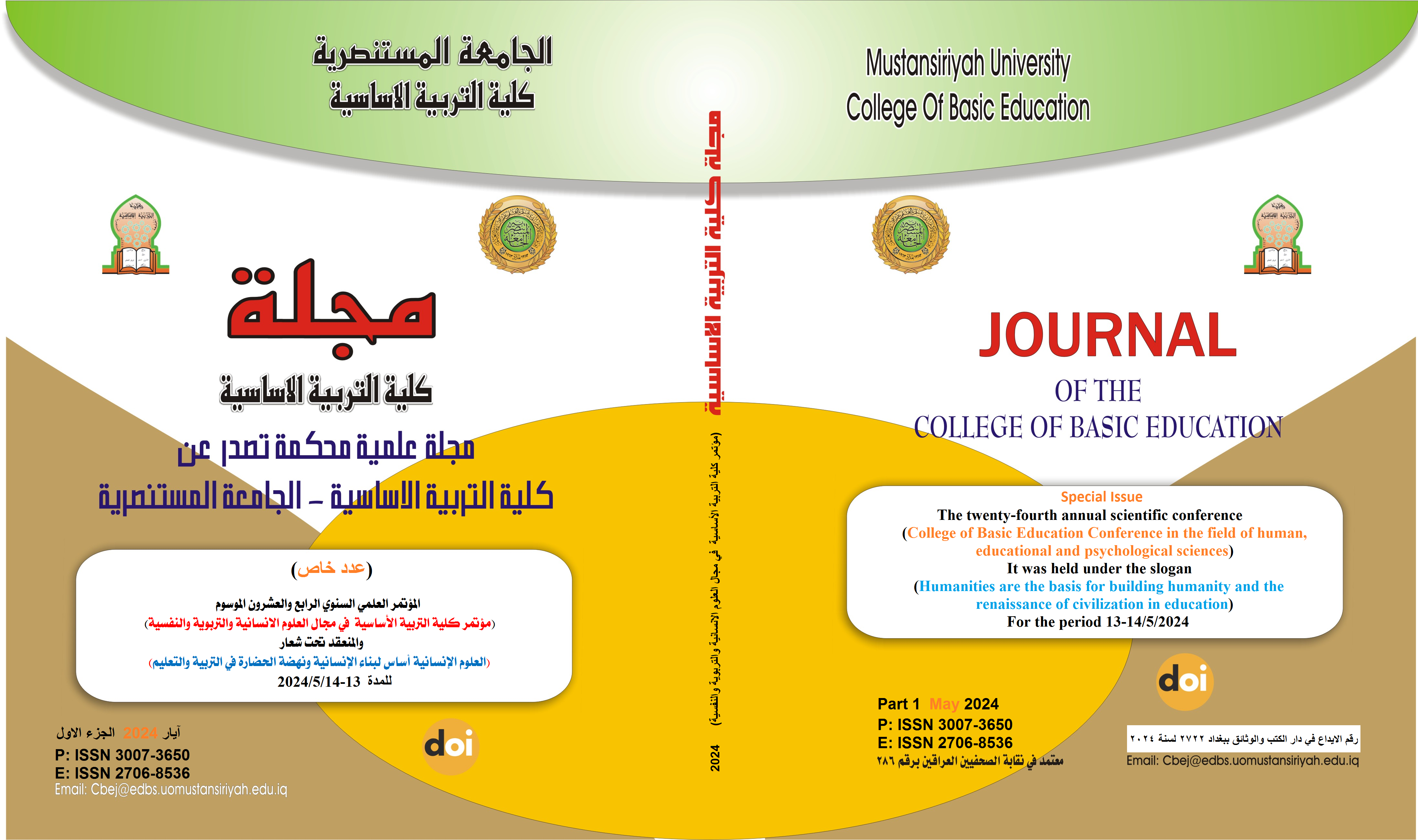Moral Vision In William Golding’s “Lord Of The Flies”
Main Article Content
Abstract
William Golding's inaugural novel, "Lord of the Flies," was released in 1954. Despite its lack of popularity upon debut, with sales of less than three thousand copies in the United States in 1955 before going out of print, It quickly became a top-selling book. The novel has been made into two English-language films, first in 1963 by Peter Brook and again in 1990 by Harry Hook. Additionally, it was turned into a Filipino film by Lupita A. Concio in 1975.
During the course of an unspecified conflict, the events in the story take place. Some of the characters who find themselves marooned are regular students, while others become members of a musical choir that is led by an established figure. Except for Sam and Eric and the choirboys, it seemed that they had never met each other before. The book depicts the gradual decline of the characters into a state of savagery. Stranded on a beautiful island, far away from contemporary society, the well- educated youngsters descend to a primitive condition.
Golding wrote his work as a response to R.M Ballantyne's youth novel The Coral Island, published in 1858. He incorporated explicit parallels to it, such as the naval officer's description of the children's initial attempts at civilized cooperation as a "jolly good show," similar to what happens in The Coral Island. Golding's three main characters, Ralph, Piggy, and Jack, have been seen as exaggerated representations of Ballantyne's Coralist and its main characters (Wikipedia, 2013: online).
Article Details

This work is licensed under a Creative Commons Attribution-ShareAlike 4.0 International License.
